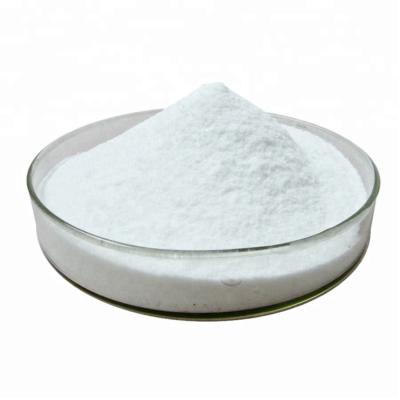Syngenta releases four new biopesticides in Italy
In just twenty years, the active synthetic substances for phytosanitary defense have practically halved, going from around 440 in 2000 to just over 200 today.
This is due to increasingly demanding regulatory requirements in terms of toxicological and environmental profiles.
However, the defense knows no setbacks, demanding the utmost attention against pathogens and parasites. All this, with an eye also on the residual profile of the crops, is another issue on which the global agri-food chains have instead thought of raising the bar.
This has created the need to develop new solutions with a completely different character, such as to mend the gaps left by the defections of the synthetic molecules, bringing at the same time significant advantages from a toxicological, environmental and residual point of view.
The charge of the biologicals
In such highly challenging scenarios, the sector of solutions of natural origin, otherwise known as "Biosolutions", has gained the utmost attention quickly. These are active substances derived from microorganisms or species belonging to the Plant Kingdom or from the microorganisms themselves, which can also be used in organic farming.
Today the sector of biocontrol products is proliferating rapidly thanks to the arrival of new technical proposals, each unique. In this context, Syngenta released in 2023 a handful of products suited to these requirements, namely ROMEO®, ARBIOGY®, BEMOTIUS® and CLAVITUS® 13 SL.
In addition to representing an injection of new organic solutions, their use also represents a valuable opportunity for integrated agriculture to differentiate and enrich traditional defense programs.

The four axes of the lens
The advantages deriving from using biosolutions are all tangible and extremely interesting. For example, they help contain pathogens and parasites through mechanisms of action utterly different from synthetic substances. This contributes to the contrast of resistance phenomena, a growing problem in the various sectors of phytosanitary defense. The absence of a safety interval, or in any case extremely limited, also allows its use up close to the collection.
Formulated as a wettable powder, ROMEO® is a biofungicide based on cerevisane, an inert substance made up of the cell wall of Saccharomyces cerevisiae strain LAS117. It acts as a resistance inducer in plants and can be used on vines and vegetables against powdery mildew, downy mildew and botrytis. Crops subjected to treatment with ROMEO® activate endogenous responses to pathogens since the product mimics their presence. Therefore, when the disease arrives, the plant tissues have already proactively activated their natural defenses, thus hindering its spread.
There are three insecticides:
ARBIOGY® is a bioinsecticide containing Beauveria bassiana - ATCC 74040, a parasitic fungus of insects and mites. It can also be used organically and is registered on vines, stone fruit, floral and ornamental crops. ARBIOGY® is formulated as an oily dispersion and should be used at the first appearance of the target organism, conducting up to a maximum of five applications per year with an interval of 5 to 7 days. Its spectrum of action includes thrips, mites, leafhoppers (including scaphoid), whiteflies, fruit and cherry flies.
BEMOTIUS® instead contains azadirachtin A and is proposed as a natural insecticide for the protection of apple trees, citrus fruits, vines, strawberries, floral/ornamental and numerous horticultural crops. Authorized for foliar and soil use on target parasites, it acts as a growth regulator, altering the development of insects. It also has a disappetent and repellent action which performs a dissuasive function. Its spectrum of activity is broad, including aphids, mealybugs, whiteflies, leaf miners, thrips, flies, Colorado potato beetle, nocturnals and other lepidopteran larvae. Of the four innovations from Syngenta, it is the only one that must respect a safety interval, which varies from one to seven days, depending on the crop.
Finally CLAVITUS® 13 SL. Authorized on the main horticultural crops, it is a liquid formulation containing potassium salts of fatty acids at a rate of 130.4 grams per liter, combined with vegetable oils and essential oils such as terpenes and aromatic substances. Vegetable oils make the exoskeletons of the target parasites more permeable, i.e. aphids, bedbugs, thrips, whiteflies, leaf miners and mites, allowing for better penetration of potassium salts. At the same time, the aromatic substances function as repellents, adding an additional element to the product's mode of action. In the field, it should be used when parasites appear, repeating the treatment in case of re-infestation. CLAVITUS® 13 SL is also characterized by its high speed of action and strong knockdown power. Not having any safety interval,
A dedicated catalogue
The new four bio-solutions from Syngenta fit into and expand an already established range of products in organic and integrated agriculture. Market references in this sense are in fact products such as TAEGRO® (B. amyloliquefaciens - FZB24) and PRIMIAL® (B. thuringiensis var. Kurstaki SA11).
By correctly inserting these proposals in the defense programs, it is possible to contain the adversities of the crops while lightening the environmental pressure and the residual profile of the crops.
Source: Syngenta Italia S.p.a.



